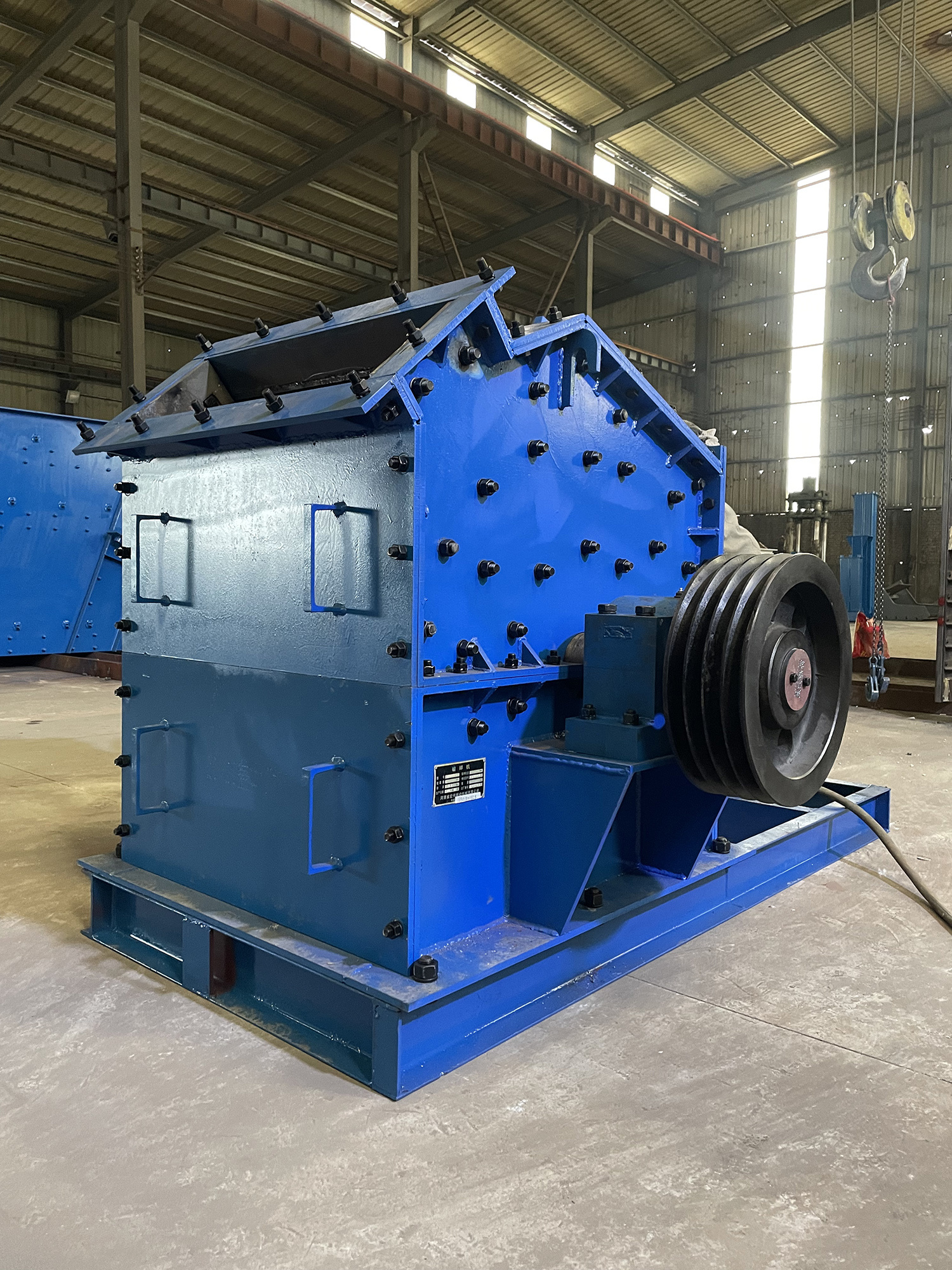Maximizing Efficiency: The Role of Vibrating Screens in Slag Separation
Jul 25,2025

Vibrating screens are essential components in the process of slag separation, particularly in industries dealing with metal recovery and recycling. The primary function of these screens is to categorize and separate materials based on their size and weight, ensuring that unwanted slag is efficiently removed from valuable resources. By employing vibrating screens, companies can enhance their overall production efficiency and reduce waste.
One of the main advantages of using vibrating screens for slag separation is their ability to handle large volumes of material. These screens are designed to vibrate at specific frequencies, which helps to maintain a consistent material flow and enhances the separation process. As the slag passes over the screen, smaller particles can easily fall through while larger, heavier particles remain on the surface, ready for further processing or disposal. This efficient separation minimizes the risk of contamination in the recovered materials.
Moreover, vibrating screens can be customized to suit various operational needs. Factors such as screen size, mesh type, and vibration frequency can be adjusted to optimize the separation process for different types of slag. For example, finer mesh screens can be employed for more precise separation, which is particularly beneficial when dealing with mixed materials. This level of customization allows manufacturers to tailor their equipment to meet specific production requirements, leading to improved operational flexibility.
In addition to their operational capabilities, vibrating screens for slag separation also contribute to improved workplace safety. By efficiently removing hazardous slag from production lines, they help maintain a cleaner working environment. This not only protects workers from potential injuries but also complies with health and safety regulations, reinforcing a commitment to employee well-being.
When considering the implementation of vibrating screens for slag separation, it is vital to evaluate factors such as installation requirements, maintenance needs, and integration with existing systems. Proper installation is crucial for ensuring that the vibrating screen operates at optimal efficiency, while regular maintenance is essential for minimizing downtime and prolonging the equipment's lifespan. Companies should also consider how these screens will integrate with their current processing machinery to achieve seamless operation.
In conclusion, vibrating screens play a pivotal role in the effective separation of slag in the manufacturing and processing sector. By maximizing efficiency, enhancing safety, and allowing for customization, these screens are an invaluable asset in the quest for improved production processes. Embracing this technology can significantly impact a company’s operational performance and sustainability efforts.
One of the main advantages of using vibrating screens for slag separation is their ability to handle large volumes of material. These screens are designed to vibrate at specific frequencies, which helps to maintain a consistent material flow and enhances the separation process. As the slag passes over the screen, smaller particles can easily fall through while larger, heavier particles remain on the surface, ready for further processing or disposal. This efficient separation minimizes the risk of contamination in the recovered materials.
Moreover, vibrating screens can be customized to suit various operational needs. Factors such as screen size, mesh type, and vibration frequency can be adjusted to optimize the separation process for different types of slag. For example, finer mesh screens can be employed for more precise separation, which is particularly beneficial when dealing with mixed materials. This level of customization allows manufacturers to tailor their equipment to meet specific production requirements, leading to improved operational flexibility.
In addition to their operational capabilities, vibrating screens for slag separation also contribute to improved workplace safety. By efficiently removing hazardous slag from production lines, they help maintain a cleaner working environment. This not only protects workers from potential injuries but also complies with health and safety regulations, reinforcing a commitment to employee well-being.
When considering the implementation of vibrating screens for slag separation, it is vital to evaluate factors such as installation requirements, maintenance needs, and integration with existing systems. Proper installation is crucial for ensuring that the vibrating screen operates at optimal efficiency, while regular maintenance is essential for minimizing downtime and prolonging the equipment's lifespan. Companies should also consider how these screens will integrate with their current processing machinery to achieve seamless operation.
In conclusion, vibrating screens play a pivotal role in the effective separation of slag in the manufacturing and processing sector. By maximizing efficiency, enhancing safety, and allowing for customization, these screens are an invaluable asset in the quest for improved production processes. Embracing this technology can significantly impact a company’s operational performance and sustainability efforts.
Hot Tags:
PREVIOUS:
Contact Us
E-mail:byunfei2000@gmail.com
Wechat/WhatsApp:+86 17324886663
WhatsApp:+86 18738568071
Address:No. 12 Industrial Road, Zhaipo Town, Xinxiang, Henan Province







